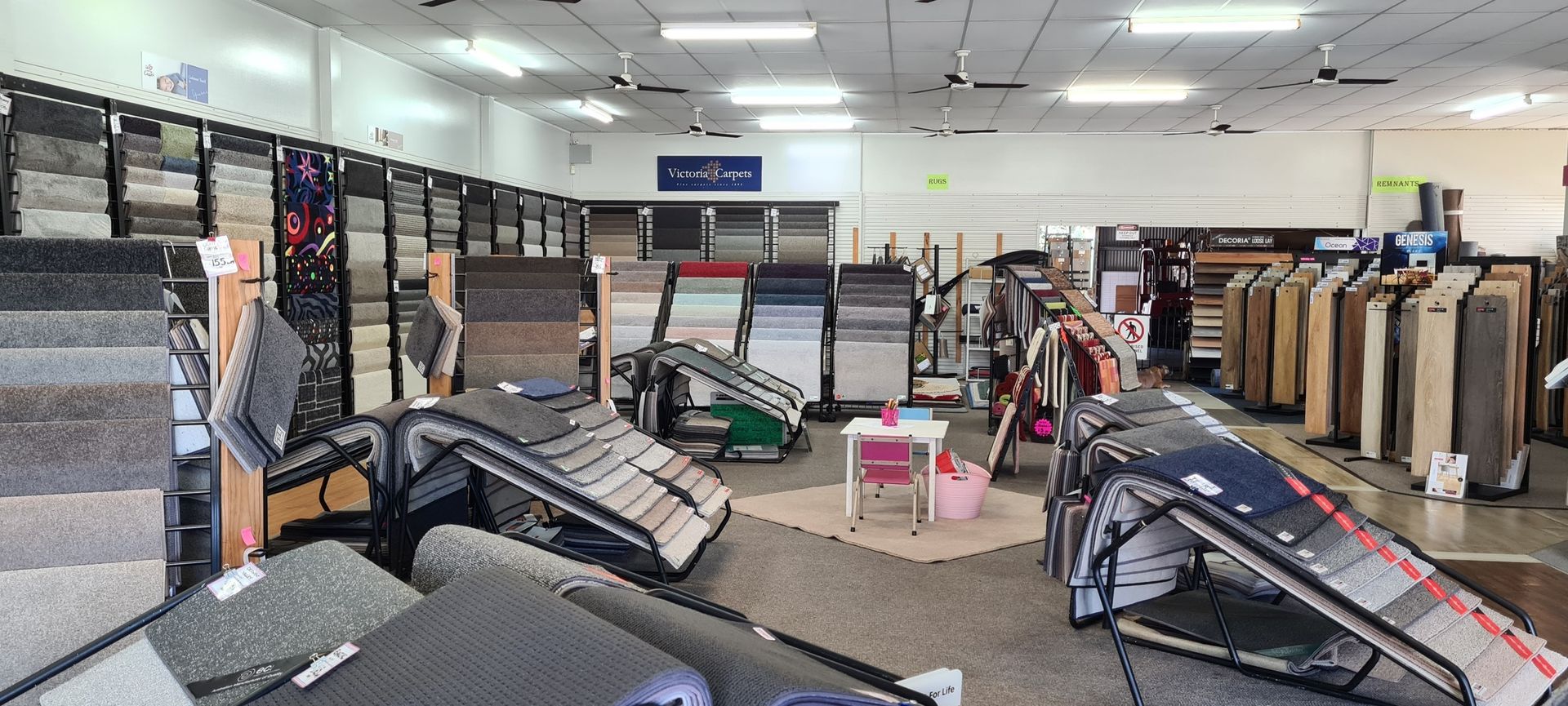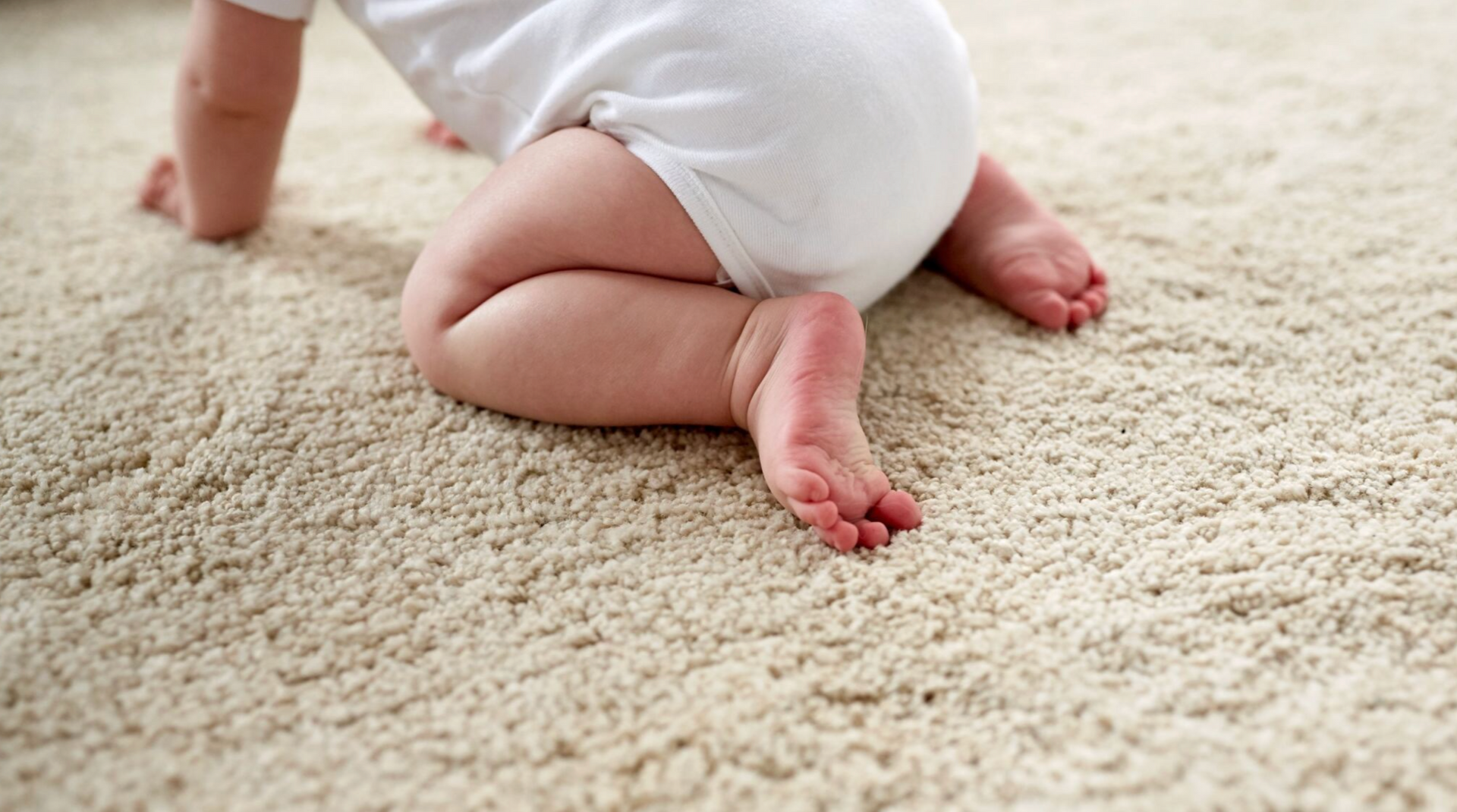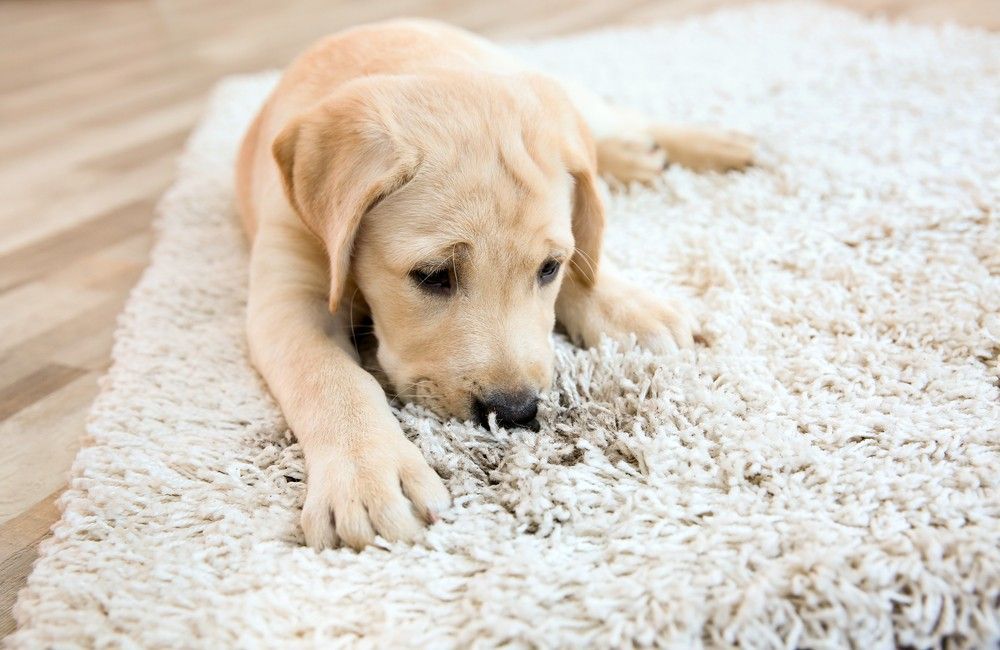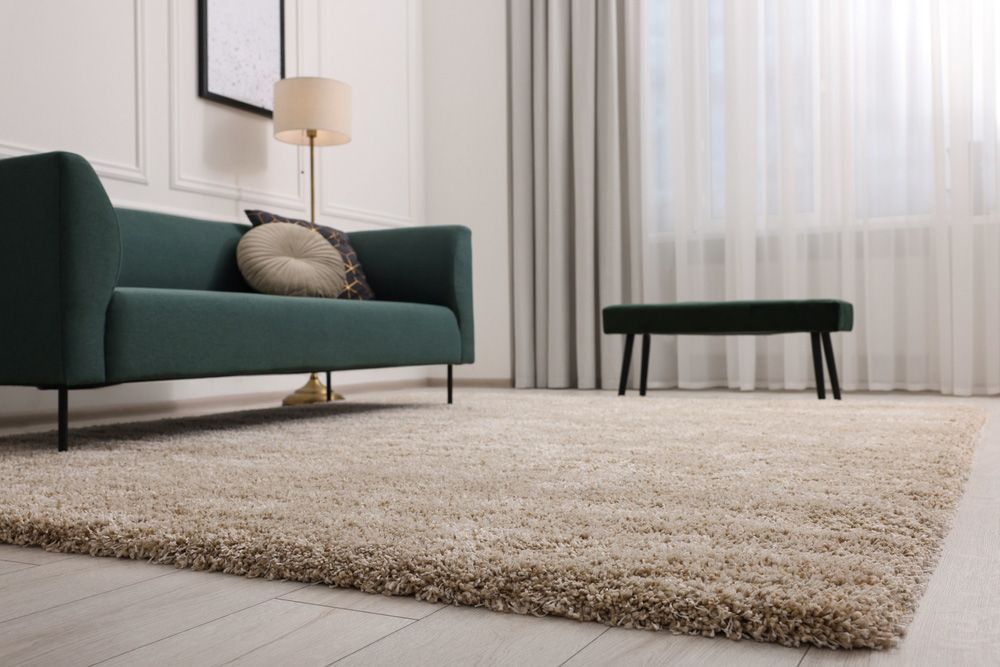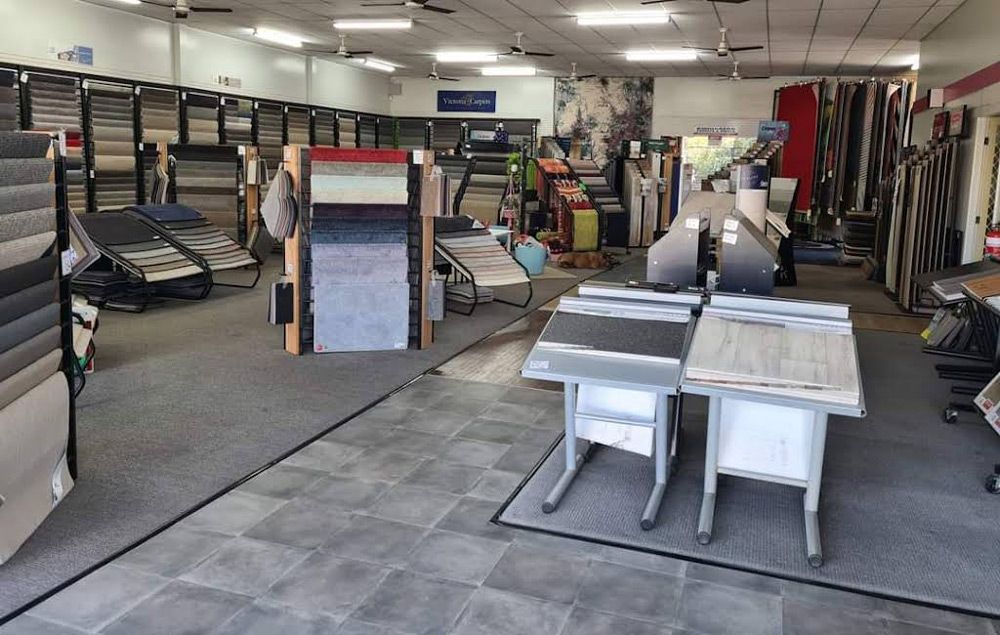8 Essential Steps to Take When Your Carpet Gets Water Damaged
Water damage can compromise more than just the appearance of your carpet—it can impact your home’s structure and indoor air quality. Whether the cause is stormwater, a leaking appliance or a burst pipe, timely and professional intervention is critical.
This guide outlines the essential steps a homeowner should follow when their carpet has been water-damaged. Each step highlights the importance of expert assessment and professional treatment, ensuring your flooring is restored—or replaced—safely and effectively.
1. Identify the Source of Water Damage Immediately
The nature of the water involved plays a major role in determining the treatment method and urgency. Water from a clean supply pipe poses fewer health risks than grey water from laundry appliances or black water from external flooding or sewer backups.
- Clean water sources may include burst pipes or rainwater entry through roofs or windows.
- Grey water includes overflow from washing machines or dishwashers, which may contain detergents and bacteria.
- Black water is highly contaminated, often involving sewerage or floodwater.
A qualified technician can assess the source, classify the type of water, and determine the appropriate response for safe and compliant restoration.
2. Act Fast to Prevent Mould & Mildew
If not properly handled, water-damaged carpet can begin to foster mould and mildew within 24 to 48 hours. This isn't just a cosmetic issue—it can affect air quality and pose serious health risks, particularly for those with respiratory sensitivities.
- Mould spores thrive in damp carpet fibres, underlay and subfloor cavities.
- Prolonged moisture exposure can lead to structural issues and odour retention.
- A certified professional can respond rapidly with moisture detection tools and controlled drying equipment to mitigate this risk.
Rapid response is essential; only trained technicians can fully assess and address hidden moisture in flooring materials.
3. Remove Excess Water Using Appropriate Methods
Extraction of standing water is not a task for household tools. Professional carpet restoration teams are equipped with commercial-grade equipment specifically designed for large-scale water removal and moisture control.
- Truck-mounted extraction systems deliver powerful suction without damaging fibres.
- Dehumidifiers and air movers are strategically positioned to promote controlled evaporation.
- Moisture meters and thermal imaging detect hidden saturation beneath the carpet and subfloor.
Professionals use a structured drying protocol to prevent microbial growth and ensure full moisture removal, protecting the carpet and surrounding infrastructure.
4. Inspect Carpet Underlay & Subfloor for Hidden Moisture
Even when a carpet’s surface appears dry, the layers beneath often tell a different story. Moisture can become trapped in the underlay and subfloor, remaining undetected without professional assessment. Left untreated, this hidden moisture can lead to structural deterioration, persistent odours, and the growth of harmful mould and bacteria.
Certified technicians use specialised moisture detection tools to assess what’s happening beneath the surface. This inspection forms a crucial part of any professional response to water damage.
- The carpet is carefully lifted to inspect the underlay and subfloor.
- Underlay is assessed for moisture and odour; disposal may be necessary.
- Subfloor is checked for warping, softness, staining or mould.
- Moisture readings guide decisions on drying or replacement.
This process is essential not only for restoring the carpet but also for ensuring that the entire floor system is safe, stable, and free from contamination.
5. Clean & Disinfect to Remove Bacteria & Contaminants
Water ingress—especially from grey or black sources—introduces bacteria, dirt, and potential allergens into your home. Even clean water can become contaminated after prolonged exposure to carpet materials.
- Antibacterial and antifungal treatments are applied to neutralise harmful organisms.
- Specialised carpet cleaning systems restore fibre hygiene without damaging the backing.
- All treatments used by professionals are tested for material compatibility and Australian Standards compliance.
Proper disinfection is key to ensuring the safety and cleanliness of the home environment following carpet water damage.
6. Dry the Carpet Thoroughly Before Reinstallation
Thorough drying is not simply a matter of air circulation—it requires controlled conditions and calibrated equipment to avoid secondary damage or inefficient results.
- The carpet must be tested for residual moisture before reinstalling or replacing it.
- Controlled drying often involves extended use of commercial dehumidifiers and heat-based systems.
- Professionals determine when drying is complete based on moisture thresholds defined by industry best practices.
Incomplete drying can lead to mildew re-emergence and structural instability in the flooring base, so expert monitoring is essential.
7. Decide Whether to Restore or Replace the Carpet
Not all carpets can be salvaged after water exposure, and a professional’s recommendation can help you make an informed decision based on hygiene, durability and cost-effectiveness.
- Restoration may be viable if the water source was clean, exposure was short, and the underlay and subfloor remained dry.
- Replacement is advised for carpets exposed to grey or black water, or where the underlay or backing has been compromised.
- Professionals also assess fibre wear, delamination, and odour retention when recommending removal or restoration.
A reputable
carpet supplier in Bundaberg can help with replacement options tailored to your home’s needs and future-proofed against similar risks.
8. Consult a Local Flooring Specialist for Professional Advice
If your carpet is water-damaged, the most important step is to immediately consult with a carpet professional. Attempting to clean or restore water-damaged carpet without proper tools and expertise can lead to ongoing issues and void insurance coverage.
- Carpet experts provide in-depth assessments using commercial tools and methods.
- They can issue written reports for insurance claims and compliance.
- They offer recommendations on product replacement, installation and long-term moisture control strategies.
Local professionals understand climate-related risks and provide services for regional flooring and subfloor systems.
Let Us Help You Choose the Right Carpet Flooring in Bundaberg
At Bundaberg Carpets & Vinyls, we understand the impact that water damage can have on your home, comfort, and safety. Our team assesses water-damaged carpets and offers clear, practical solutions—whether that means professional restoration or a fresh, tailored replacement. Our range of carpet flooring in Bundaberg includes durable, moisture-resistant options designed to perform beautifully even in challenging environments.
Get in touch via our
contact page or call us to book a consultation. We offer professional solutions for water-damaged carpet in Bundaberg, restoring your space with care.


